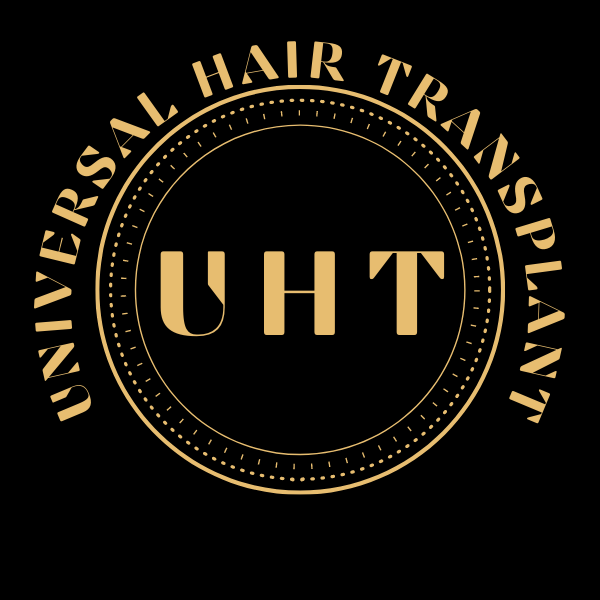Hair Loss & Epicranial Aponeurosis (Galea Aponeurotica)
The muscles and tissues that shape our head include the epicranial aponeurosis (or galea aponeurotica), also known as the aponeurosis epicranialis. It is a tissue that connects the frontal and occipital regions of our heads.
Galea aponeurotica is related to hair loss in some way because the network of blood vessels that feed hair follicles passes through it, and it therefore plays a significant role in hair care.
Even though hair transplants are relatively inexpensive and new techniques, like the DHI technique, have made hair implants very popular, though, there are some situations where additional surgery is required. In these situations, techniques like galeatomy, which precisely intervenes on the galea aponeurotica to prevent baldness, are used.
In this article, we will learn more about what a galeatomy is, when it is necessary, the epicranial aponeurosis, its role in our bodies, and why it is crucial to keep our hair healthy.
The Epicranial Aponeurosis: What Is It? Let’s Delve Into It.
The epicranial aponeurosis, also known as galea aponeurotica, is one of the five layers that make up the scalp. The five layers are skin, connective tissue, aponeurosis, loose connective tissue, and pericranium, listed from outermost to innermost using the exact acronym scalp. Due to its attachment to the outer portion of the skull bone, this final layer is the thickest of the tissue that covers the head.
The epicranium and galea aponeurotica can be found just below the skin. Because of this, we can define the galea aponeurotica as a fascia or aponeurosis, which is a tough layer of dense fibrous tissue, that covers the top of the head and extends from the frontalis muscle to the occipitalis muscle of the skull, joining them both under the scalp skin.
The occipitofrontalis muscle is the name given to the group of muscles that includes the frontal and occipital regions. The pericranium, which we just mentioned, is covered by a tight tissue called the galea aponeurotica, which is located inside this muscle.
The galea aponeurotica’s purpose is unknown. The occipitofrontal muscle’s frontal and occipital belly need to be connected, as we just mentioned, or the frontalis and occipitalis muscles need to be connected if they are thought of separately.
The function of this muscle (or muscles) is crucial for the development of various facial expressions in humans. For instance, it is necessary for movements like furrowing the brows and raising the eyebrows.
Additionally, the aponeurotic galea tightens the scalp, making it the firmest and most resistant tissue on the entire body. As a result, unlike the skin on any other part of our body, the scalp always exhibits a high degree of tension, making it impossible to pinch. It also has a much lower degree of elasticity than other areas like the abdomen, arms, etc.
The galea aponeurotica also has another peculiarity: it is a thin but highly vascularized tissue (which explains why when a wound occurs in this area, it bleeds a lot), and all that blood under galea aponeurotica supplies nutrients to the scalp and hair follicles.
Some experts think that epicranial aponeurosis tightness can result in inadequate irrigation of follicles, which eventually causes hair to weaken and fall out. Studies support the fact that a galeatomy can benefit patients with hair problems in these circumstances.
Galeatomy: What Is That?
When alopecia is not caused by genetic factors (i.e., it is not inherited baldness), a galeatomy is a procedure done on the galea aponeurotica to prevent baldness issues. To perform this procedure, tiny incisions are made to loosen the galea aponeurotica.
The procedure, which only needs local anesthesia and typically takes an hour, is fairly straightforward. This treatment makes the scalp more elastic, which improves blood flow and causes sebaceous glands to function lessening (preventing oily scalp) and decreasing sebaceous gland function.
Therefore, getting a galeatomy increases the amount of oxygen, nutrients, vitamins, and trace elements that reach the scalp follicles, promoting the growth of new hair that also becomes stronger and healthier.
Be aware that this surgical procedure is appropriate in conjunction with other hair loss treatments, including vitamin supplements, minoxidil, finasteride, mesotherapy, and PRP (Platelet Rich Plasma), even hair transplants.
Remember that alopecia can have a variety of causes, but that it typically results from genetic factors that make hair more susceptible to the effects of the DHT hormone (derived from testosterone). A galeatomy cannot reverse inherited baldness because it only strengthens and stimulates the follicles that are still healthy; it has no effect on atrophied follicles.
Whatever the case, it is critical to understand the crucial role that the epicranial aponeurosis, also known as the galea aponeurotica, plays in scalp and, consequently, hair health. It’s always a good idea to consult a specialist right away if you notice any issues with your hair, in our opinion.
Request a free consultation at Universal Hair Transplant now, the best hair transplant clinic in Turkey. Let our years of experience and expertise make the difference.
